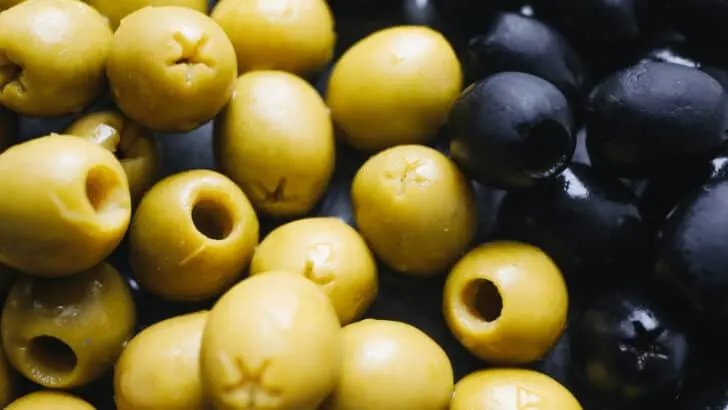Are olives a fruit or vegetable? In this article, I will discuss this matter from a botanical and general point of view.
Aside from being antioxidant-rich, olives also contain vitamin E. They are a savory dish. You use them in producing olive oil, which is crucial in the Mediterranean diet.
According to numerous studies, they also provide many health benefits, including the prevention of osteoporosis and cancer. The University of Florida dedicated a whole paper to the benefits of olives.
Table of Contents
Are Olives a Fruit or a Vegetable?
Olives are fruits because they come from trees producing seeds. They are botanically known as drupes or stone fruits. Other fruits that belong to this class include peaches, cherries, mangoes, almonds, and pistachios. Olive pits can be planted to grow a new tree.
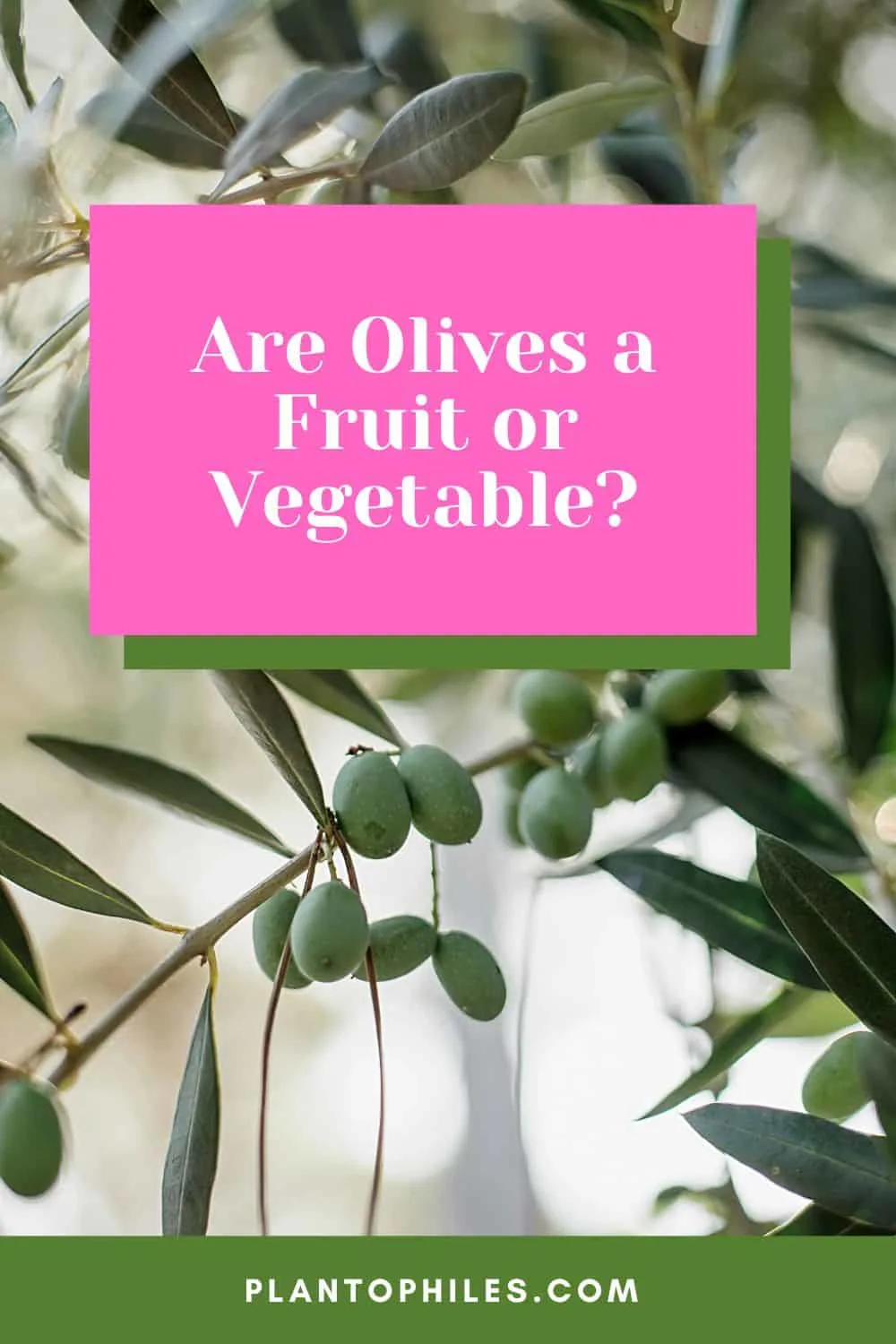
Why Olives Are Considered a Fruit
Olives are actually fruits because they come from the flower of the olive tree. The olives grow from the mature ovary of the plant.

They come from the fertilized ovary of the flower, according to the International Society for Horticultural Science. They are known as fruits, but you can also call them vegetables.
The Differences Between Green and Black Olives
The color is based on when it was picked and preserved. While black ones are ripened before being harvested, green ones are unripe.
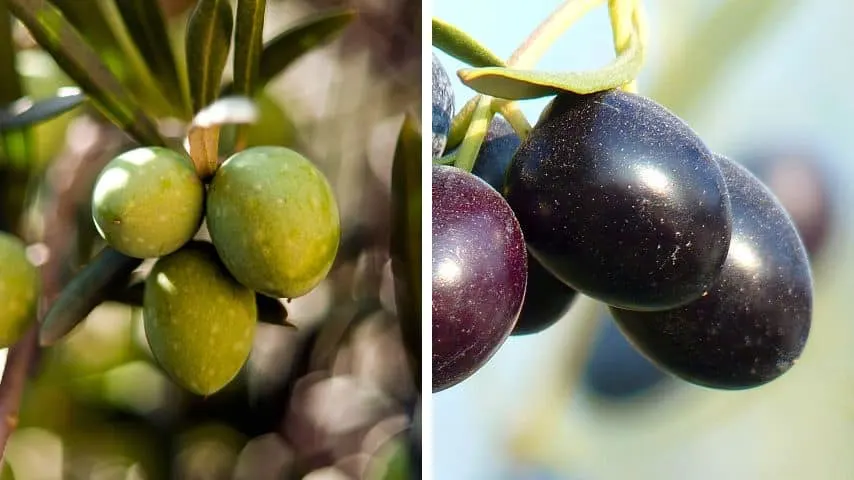
The color also depends on the preserving methods. Green ones are soaked in lye and then fermented in brine.
The black ones are soaked in lye and then cured in brine to eliminate bitterness. The longer these fruits are left in the solution, the less bitter they taste.
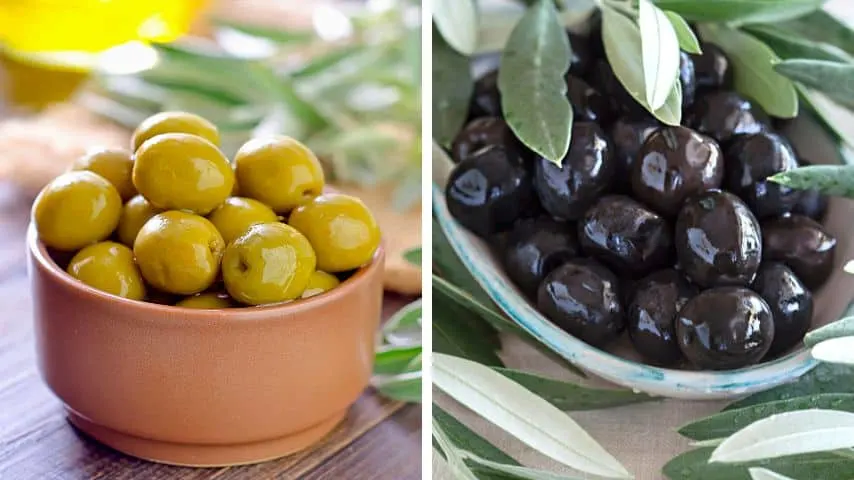
The taste of green and black varieties is also different. Green ones are more bitter than black ones.
There is more oil in black ones than in green ones. Also, the green variety tastes saltier. The reason is a difference in packing and preparation.
Health Benefits of Olives
They are incredibly healthy. Even though the green variety contains a lot of salt, they are low in cholesterol and contain nutrients and vitamins. Your body needs these to function healthily.
Here are just a few health benefits that you should know about:
- They reduce chronic inflammation. Chronic inflammation is responsible for certain diseases, including psoriasis and rheumatoid arthritis. Eating them helps reduce chronic inflammation and manages the symptoms of those health conditions mentioned. That is because they contain such antioxidants as oleanolic acid and hydroxytyrosol.
- They lower the risk of heart disease. According to numerous studies, people eating these fruits regularly are lesser prone to develop heart disease. Furthermore, the results of several studies have also shown that they can lower blood pressure, which is also important for a healthy heart.
- They prevent cancer. They are consumed mainly in the Mediterranean, where cancer rates are very low. This can be due to its high oleic acid and antioxidant contents in these fruits. Several studies have shown that these contents are especially effective in preventing breast, stomach, and colon cancer.
Can You Eat Olives Every Day?
It is ok to eat them every day, but moderation is key. Even though they have a low-calorie density, they have high salt and fat content.

Eating no more than 16-24 small- to medium-sized ones is what health experts recommend you to take daily.
What Olives Are Healthier — Green or Black?
Both black and green are nutritious, but there are some differences between them. To boost your iron intake, you should eat black olives more.
One serving of black olives provides 3 milligrams of iron, about 40% of the daily amount needed.
And 18% of the amount women should have.
To boost your Vitamin E intake, consume more green ones. They contain twice the amount of Vitamin E. Also, if you want to limit your salt intake, it is better to eat black ones as they contain less sodium.
The Best Ways To Eat Olives
You can add olives to your salads, put them on top of pizza, put them in any type of sandwich, or eat them from a jar with cheese, dried fruit, and other snacks.

Also, both the green and black varieties go perfectly with wine.
Disadvantages of Eating Olives
Most olive producers preserve them in brine that has high salt content. Do not eat more than 16-24 olives per day.
Otherwise, excess levels of salt can lead to various health problems. Some are high blood pressure and heart attack and stroke risk.
In addition, eating too many can also offset your weight loss success. Limit yourself to a few ounces each day.
What a Vegetable is
Anything we consume the roots, stems, bulbs, or leaves off is classified as a vegetable. Some vegetables such as cauliflower are the flower of the plant.
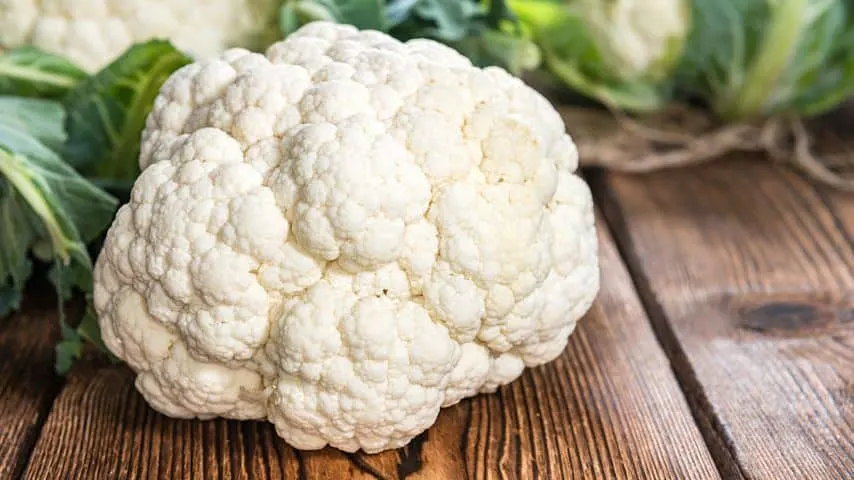
The culinary world defines what a vegetable or a fruit is by its taste and use. Everything that contains seeds and is pollinated can be described as a fruit. Fruits are generally edible.
A good example is a tomato. It is generally considered a vegetable. But it contains seeds and is produced from a flowering plant’s fertilized ovary. It, therefore, is technically a fruit.
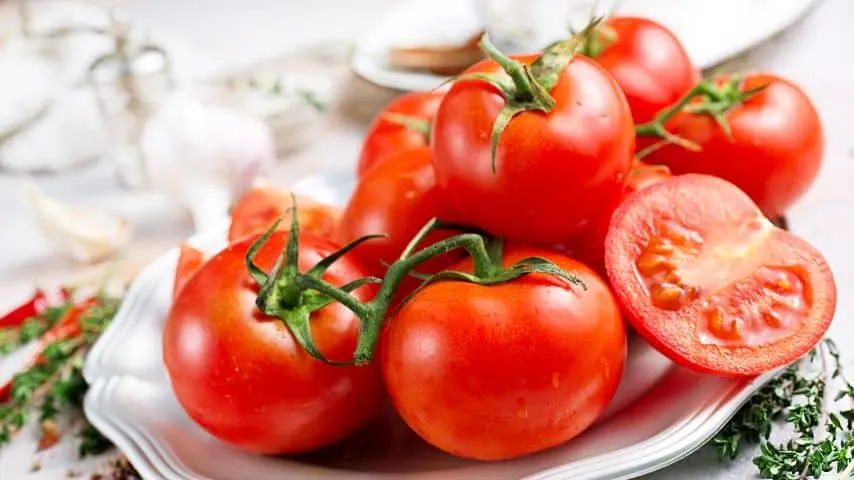
As you can see, the classification, botanically speaking, is not always the same as our perception.
Fruit or Vegetable?
How you classify fruits and vegetables depends on the standpoint. Are you looking at it as a botanist or a culinary? Some vegetables are technically fruits.
The following are fruits from a botany point of view:
- Cucumber
- Tomatoes
- Peach
- Green beans
- Eggplants
- Bell pepper
- Okra
- Zucchini
Fruits That Are Berries
Berries also develop from the ripened ovaries of a flower and contain a pulp, according to McGill University.
In botanical terms, these are berries:
- Bananas
- Grapes
- Avocado
- Citrus fruits
- Pumpkin
- Melon
Frequently Asked Questions About Olives Being a Fruit or Vegetable
Can Olives Be Considered a Vegetable?
Olives are part of the fruit group called stone fruits or drupes. But they’re considered vegetables in the culinary world. Therefore, you can consider them both fruits and vegetables.
What Other Fruit Is Similar to an Olive?
There is an Asian tree called jujube. This brownish or rust-colored small fruit resembles olives in structure, size, and shape.
Conclusion Are Olives a Fruit or Vegetable
Olives are fruits that grow on an olive tree known as Olea europaea. They are similar to mangoes, cherries, and pistachios. Black and green varieties have several health benefits. Consume them daily but in moderation. You can directly consume them as a snack or in salads, sandwiches, pizzas, etc.

Daniel has been a plant enthusiast for over 20 years. He owns hundreds of houseplants and prepares for the chili growing seasons yearly with great anticipation. His favorite plants are plant species in the Araceae family, such as Monstera, Philodendron, and Anthurium. He also loves gardening and is growing hot peppers, tomatoes, and many more vegetables.

